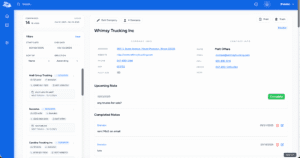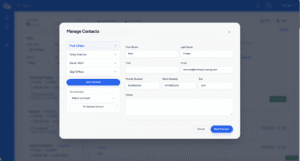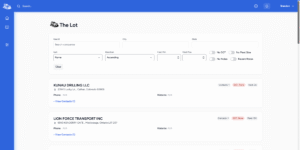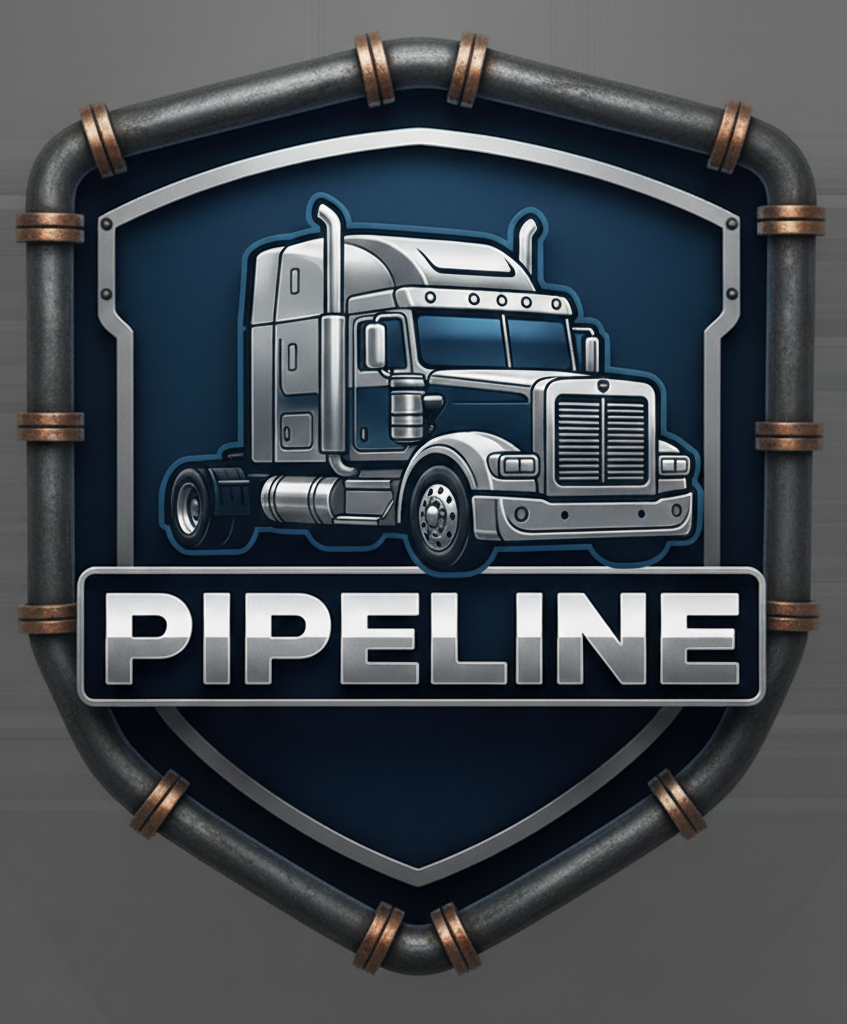Overview
Pipeline started as a fun weekend project — just a way to test how far my coding skills had come. What began as a side experiment ended up changing the entire direction of my career, eventually growing into a full-scale CRM built specifically for the acquisitions world.
Most CRMs are built for sales teams, but in my industry that flow is completely backward. We needed something that made acquisitions simple, fast, and easy to manage day to day. Pipeline was built to fix that — to stop missed follow-ups, lost notes, and forgotten tasks. It brings everything into one clean interface where users can track deals, manage calls, and plan their day without fighting the software.
Architecture
The architecture of Pipeline started out simple — just Laravel. Choosing Laravel for the production code was an easy call. I wanted something with a strong community, good long-term support, and a structure I could keep building on as I learned. I’d used PHP before but never built with Laravel, so it was the perfect challenge. On top of that, I added a custom setup of Nominatim for an in-house geocoding server and self-hosted WebSocket servers for real-time updates. It’s a clean, maintainable foundation that’s easy to grow as the app matures.
Design & UX
When I sat down with the team to talk about what wasn’t working in the old system, design came up fast. Everything took too many clicks — editing contacts, adding notes, managing tasks — even marking a company inactive was buried. It felt like working against the tool instead of with it.
The one piece of software everyone actually liked? Outlook. It was simple, clean, and easy to navigate. That three-column layout stuck with me. So I modeled Pipeline around that same logic — focused, intuitive, and familiar. The result was a unified interface where users can move between companies, contacts, and notes without breaking rhythm. It’s not fancy design; it’s functional design that makes the workday flow smoother.



Impact
The impact of Pipeline was immediately noticeable. Missed follow-ups dropped fast, and data finally stayed consistent across the board. It became the single source of truth — no more digging through old emails trying to find details from months ago.
With better visibility and faster ways to divide territories, the team could coordinate travel more efficiently. When reps were on the road, people back at the office could keep deals moving, find new leads, and reduce wasted trips. It cut down on “software overhead” and gave everyone more time to focus on real, tangible deals. Pipeline didn’t just organize work — it made the whole operation smoother and more connected.
Reflection
Building Pipeline has been one of the most rewarding experiences of my career. What started as a small idea turned into one of the coolest projects I’ve ever built. It forced me to think like both a developer and an operator — to design software around how people actually work, not just how a system looks on paper. I learned how to scale responsibly, deploy live updates without breaking things, and turn years of scattered data into something usable and meaningful.
It also taught me how to grow with my team — taking feedback, refining workflows, and building tools that make their day easier. I’ve spent years building random apps and side projects that never left my desk. Pipeline changed that. Now I can proudly say I built something that’s used every single day and makes a real impact. And this is just the start — multi-tenant support is next.


Leave a Reply